Flowing Through Time: Tiber River's Journey in Roman History
The Tiber River and Rome are interconnected since the time of the Great Empire and is a point of reference for the Italians today.

The Tiber River, known as "Tevere" in Italian, is the third-longest river in Italy, stretching approximately 406 kilometers (252 miles) from its source in the Apennine Mountains in Emilia-Romagna to its mouth at the Tyrrhenian Sea, near Ostia. Its basin is 17,375 square kilometers. Italians call the river “flavus” which means white.
Flowing as a robust mountain river, it traverses through Umbria and Lazio, receiving waters from the Nera and Aniene rivers along its journey to Rome. Approaching Rome, it is bordered by concrete embankments and its course transitions into the Fossa Traiani channel within the city.
Ultimately, the Tiber empties into the Tyrrhenian Sea (Italian: Mar Tirreno). Tiber river has played a crucial role in the history and development of Rome and the surrounding regions.
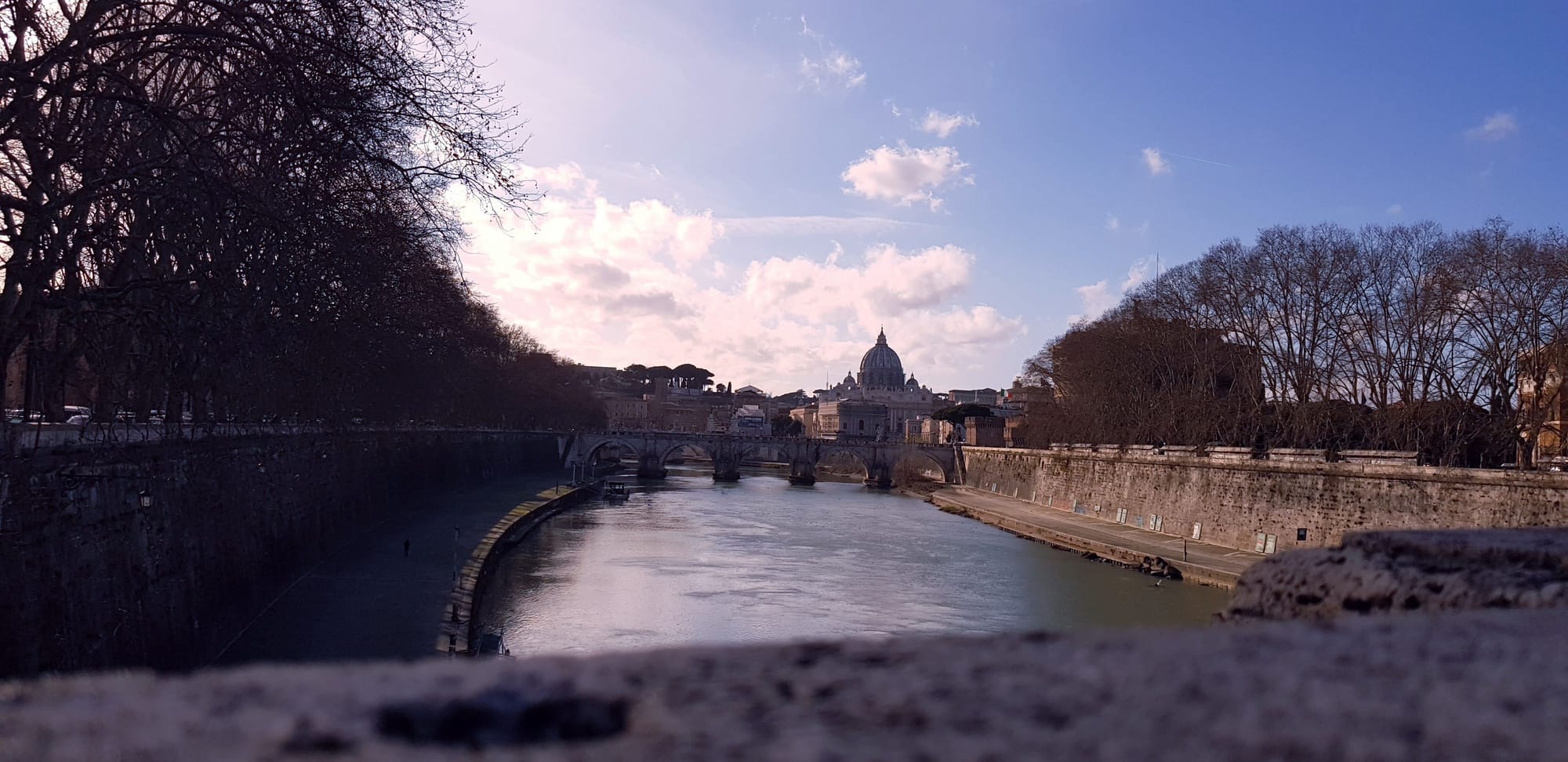
Rome and Tiber, a couple that wrote history
Of all the roads that led to Rome, Tiber was the most important. At the zenith of the Roman Empire, a continuous chain of barges, loaded with grain and wine, spanned the entire eighteen-mile stretch from the wharves in Rome to the river's mouth at Portus and Ostia.
Here, cargo ships from across the Mediterranean and beyond unloaded food for the city's million residents, along with exotic spices from India and silks from China for the wealthy. The heavy river traffic prompted emperors to consider constructing a parallel straight causeway to Ostia to alleviate congestion.
When Emperor Nero fell gravely ill in AD 45, many devout Romans believed it was due to his sacrilegious act of bathing in the source of the Aqua Marcia. It was widely held that even the emperor should not defile sacred spring water, especially water emerging at a crisp forty-six degrees Fahrenheit (±8ºC).
The Tiber River, while essential to Rome’s growth and prosperity, demanded a high price with its frequent flooding, a detail tactfully omitted by Roman poets. Historians documented the devastation but never blamed the river God. Rome’s grandeur is intertwined with the Tiber, and Latin authors preferred to highlight its benevolent aspects, praising the river god for their success.
Father Tiber, often depicted as regal and scepter-bearing, was seen as a powerful protector, whose occasional wrath was a small price for his blessings. According to legend, it was Tiberinus, the river deity, who welcomed Aeneas and spared Romulus and Remus, ensuring Rome’s foundation.
Romulus, while performing religious rites by the river, was said to have been taken to a better place, though some claim he was murdered by senators. The Tiber was an early symbol of Rome, as significant as the she-wolf that nurtured its founders. Other nations have drawn inspiration from it, such as the early American capital which had a tributary named Tiber Creek, now paved over and largely forgotten. The Tiber winds through Rome, dividing the city from the Vatican. Converts to Catholicism are metaphorically said to be "crossing the Tiber."
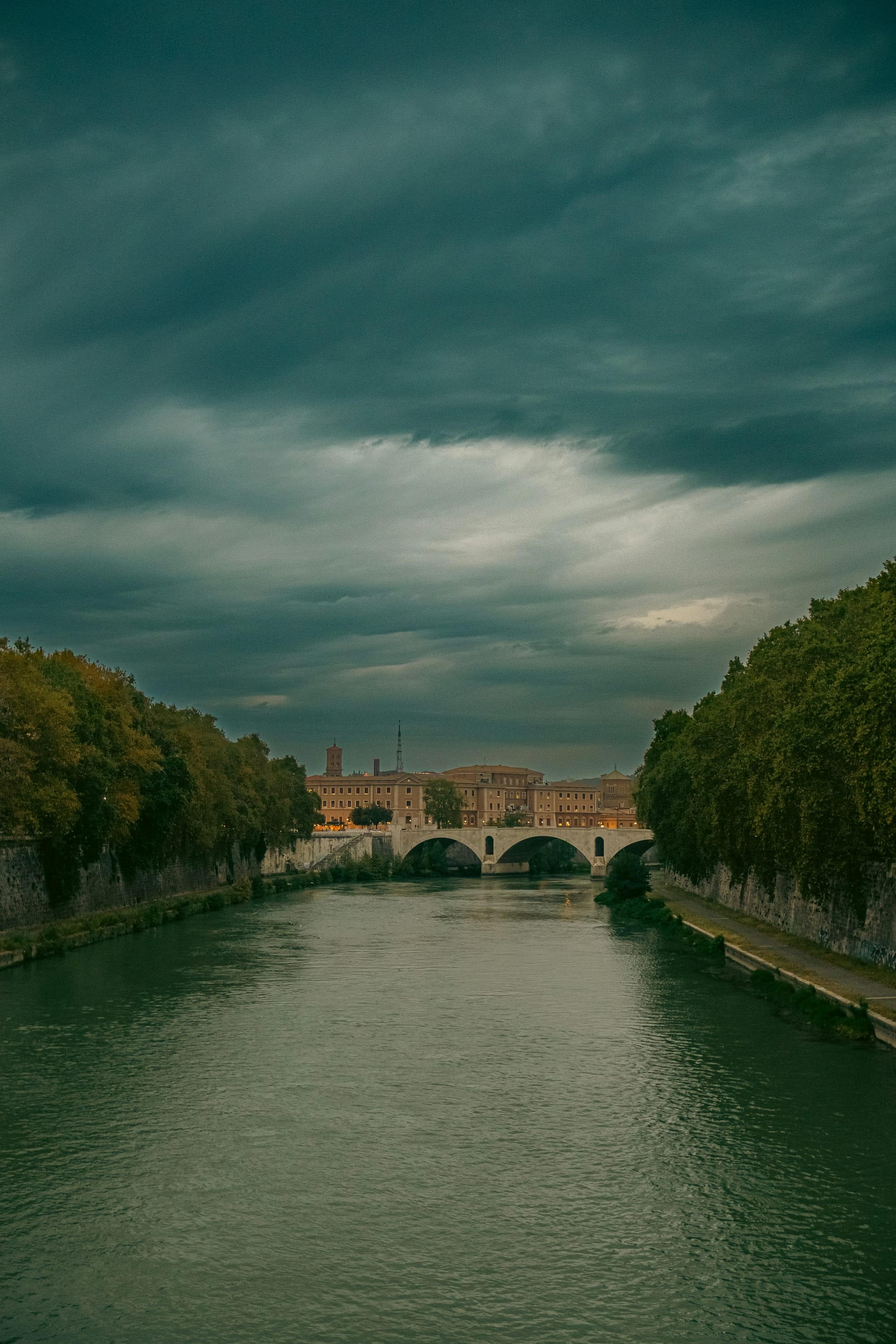
Mussolini found the Tiber River's symbolism so significant that he altered provincial boundaries to ensure that its source at Monte Fumaiolo was no longer in Tuscany but in his native Romagna. He erected a marble column with an eagle atop in a beech grove high in the mountains to honor the twin springs marking the river's origins.
The inscription reads: "Qui nasce il fume sacro ai destini di Roma" (Here is born the river sacred to the destiny of Rome). Although the column still stands, the border has since been returned to Tuscany. (Tiber: Eternal River of Rome by Bruce Ware Allen)
By the late Republic, Rome's population soared to around 1 million, a size it maintained for centuries. This was extraordinary for a preindustrial city, being at least twice the size of any other urban settlement of its time. Remarkably, Rome held this record until London reached 1 million in the early 19th century.
Beyond its sheer population, Rome was distinguished by the grandeur and sophistication of its architecture. As the political capital, it benefited from the spoils of the empire, leading to the construction of vast colonnaded forums, colossal bath complexes, and sumptuous imperial palaces. The city was richly adorned with captured artworks and imported marbles from across the empire.
Numerous temples, some with gilded roofs, dotted the city, while theaters, amphitheaters, and circuses hosted grand spectacles in venues as sophisticated as modern sports arenas. The wealthy lived in lavishly decorated homes, while the poor resided in overcrowded, towering tenements. Even Rome's infrastructure, including roads, bridges, aqueducts, and sewers, was so well constructed that many remain in use today.
Contrary to the popular image of Rome as "the city built on seven hills," its significance lies in its construction on low-lying, swampy land. This choice of location meant that Rome was frequently subject to severe flooding throughout its history.

The floods of Tiber
The Romans' attitude towards floods was surprisingly pragmatic and accepting. Ancient accounts note these floods and their accompanying destruction but do not dwell on them excessively. Instead, they describe them as routine events in urban life.
The story of Romulus and Remus that were left in a basket at the Tiber river is well known. Livy and Plutarch, who provide the most detailed accounts, highlight some lesser-emphasized aspects of the story of Romulus and Remus.
According to them, King Amulius's plan to drown the twins failed because the Tiber River was swollen with winter rains and in flood. The man tasked with disposing of the babies couldn't reach the main riverbed due to standing pools of water left by the receding floodwaters.
Plutarch adds that the man, frightened by the torrent's speed and violence, placed the basket containing the boys in the calmer waters at the edge of the flooded area rather than casting them into the river. The basket floated and eventually settled under a fig tree near the Lupercal at the base of the Cermalus on the Palatine Hill when the flood receded.
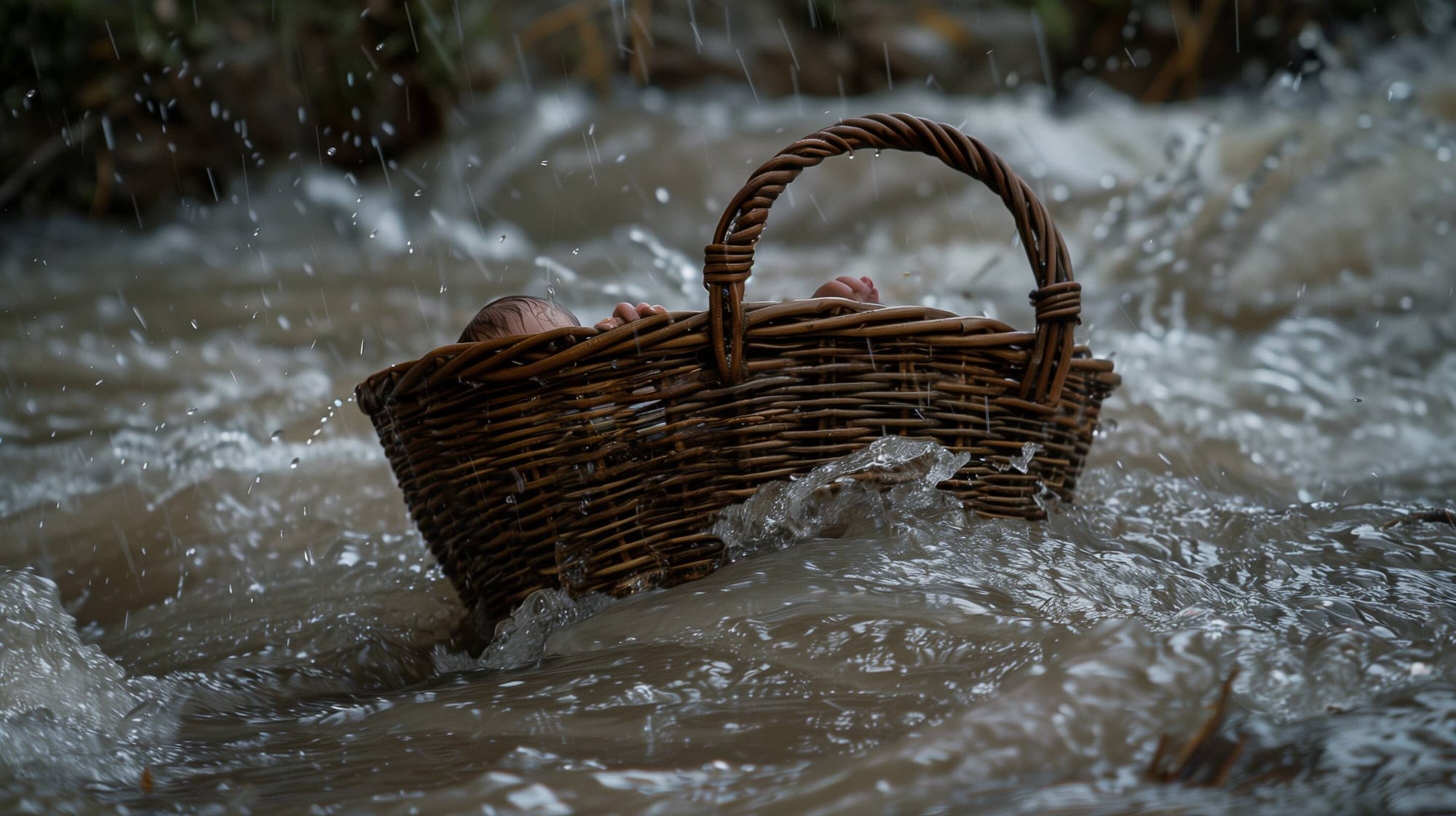
Livy attributes these events to divine providence, suggesting that the floodwaters were guided by the gods to ensure the boys' survival and the future site of Rome. This legend highlights the intrinsic connection between Rome and the Tiber from the city's inception. The flood that spared Romulus also predetermined that his city would regularly endure floods, impacting some of its most symbolically significant regions.
Thus, the very flood that ensured the founder's life foreshadowed the ongoing challenges Rome would face with its watery landscape. (Floods of the Tiber in Ancient Rome by Gregory S. Aldrete)
Livy has described 8 floods and Cassius Dio, 12. There are about 42 accounts from 414 BC to Ad 398 that describe 33 floods in the ancient city.
“Indeed, as it happened, in the middle of the games, a flood of the Tiber inundated the Circus and halted them, a thing that, to be sure, terrified the people as if the gods had already turned away, spurning the attempt to placate their anger.”
“Attacking the city with greater force than the previous year, the Tiber carried away the two bridges, and many buildings, especially near the Porta Flumentana. Shaken loose, either from the rains or by an earthquake too mild to be otherwise felt, a huge stone fell from the Capitoline Hill into the Vicus lugarius, and many were killed. All over in the inundated fields, cattle were swept away, and farmhouses were reduced to ruins.”
Livy
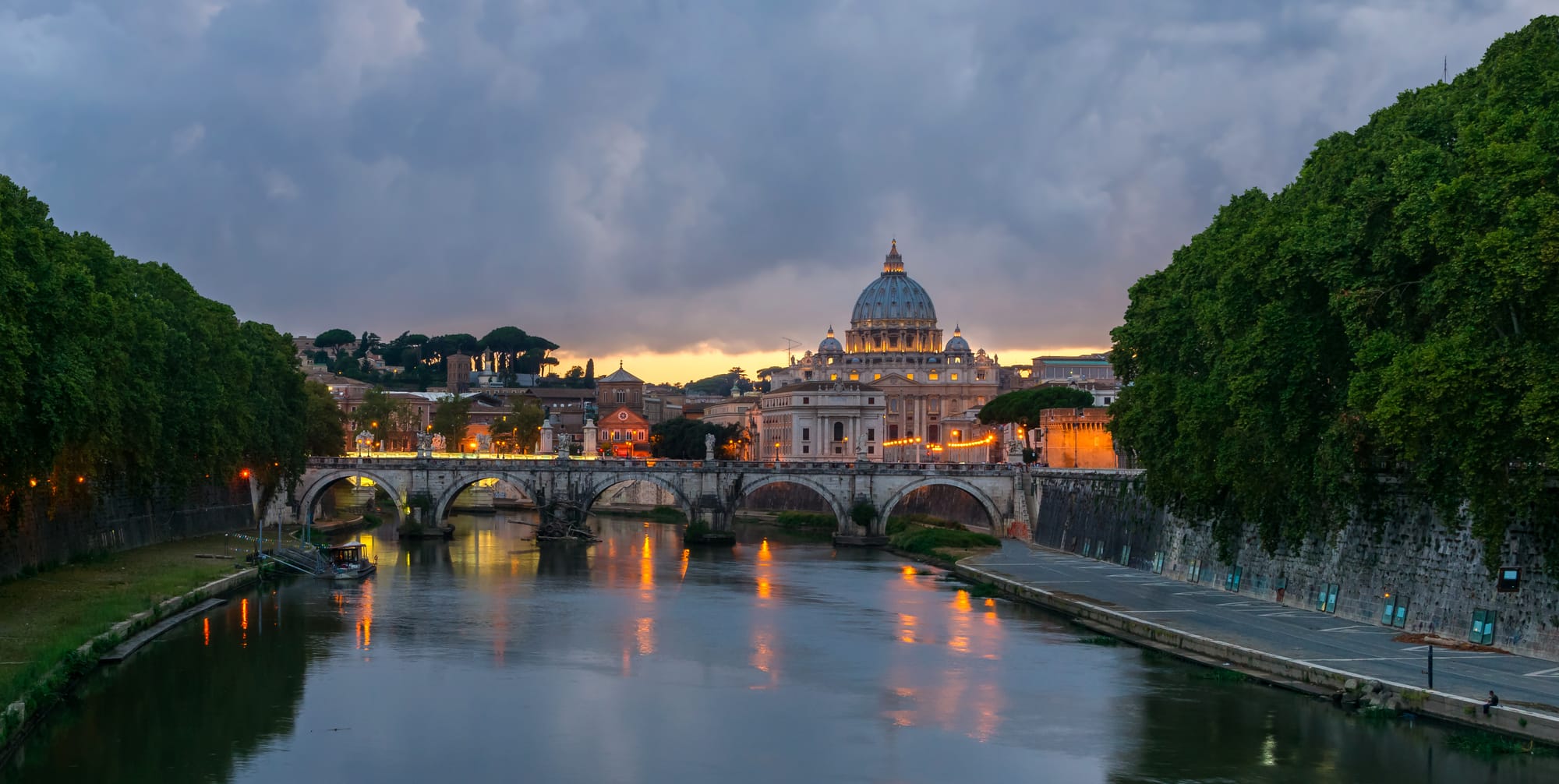
The importance of Tiber River
In the early days when divine law governed human affairs, Rome's river deity was known as Albula. Virgil recounts, "Then kings arose, and fierce Thybris with giant bulk, from whose name we of Italy have since called our river Tiber; her true name ancient Albula has lost." The name appears in variations such as "Tybris" and "Tibris," with scholars offering various explanations.
Livy claims it derives from Tiberinus Silvius, a king of Alba Longa who drowned in the river Albula, becoming both its deity and namesake. The philologist Varro acknowledged Livy's account but suggested that the king might have been a ruler of Veii, or perhaps the river was named for its god, Tiberinus, one of Oceanus and Tithys's three thousand river deity sons.
The river god evolved into Tiber Pater (Father Tiber) during the Roman Empire, revered by all Romans. Virgil depicts the god in the "Aeneid," granting Aeneas a prophetic dream about his descendants' future accomplishments. He personifies Tiberinus as a figure adorned with poplar leaves, dressed in a grey-linen mantle, and crowned with shady reeds.
The poet Ovid, in his typically irreverent style, once consulted Tiberinus on a scholarly point. The god emerged from the water as a befuddled old man reminiscing about the days when he was called Albula, with Ovid humorously emphasizing the god’s old age.
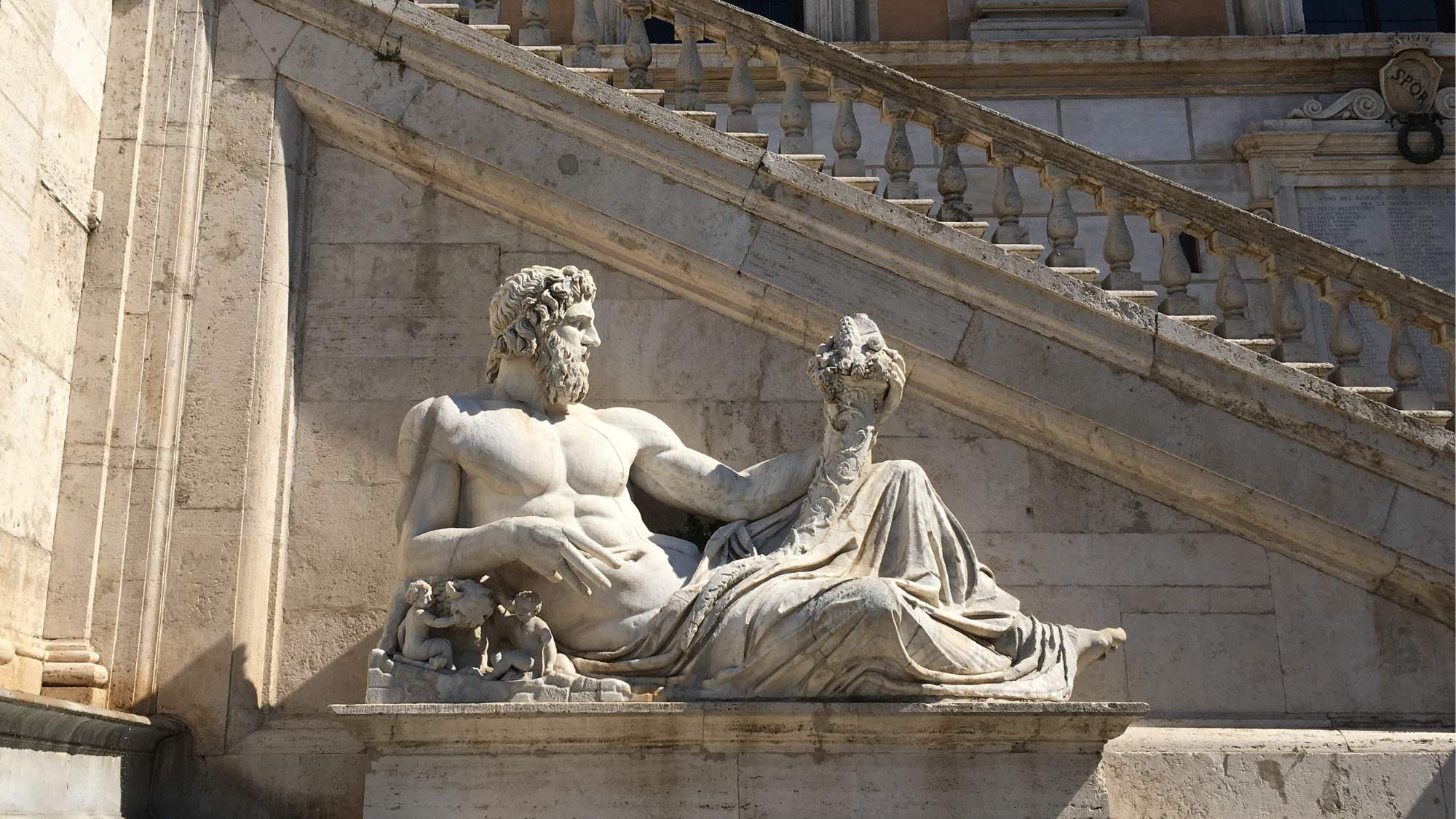
Roman sculptures often depict the river god as a bearded man with long hair. The earliest known statue, now in the Louvre, was found in 1512 and later stolen by France in 1797. Although it was to be returned to Rome in 1815, it was instead gifted to Louis XVIII. A later copy resides in Rome on the Capitoline Hill, paired with a statue of the Nile. Tiberinus is shown reclining, with one elbow resting on the she-wolf that nurtured Romulus and Remus, and holding a cornucopia, symbolizing abundance and the sustenance provided by the river.
The significance of the lower Tiber was first acknowledged in the 3rd century BCE when Ostia was established as a naval base during the Punic Wars. Subsequently, it evolved into a key commercial hub for importing wheat, oil, and wine from the Mediterranean.
Efforts to maintain Ostia, situated on the Fiumara, and the ports of emperors Claudius and Trajan, located on the Fiumicino, were hampered by continuous silting and the formation of sandbars at the river's mouth. In subsequent centuries, various popes attempted to enhance navigation on the lower Tiber, leading to the construction of ports in Rome in 1692, 1703, and 1744.
Navigation and trade on the lower Tiber saw a resurgence from the late 18th to mid-19th centuries due to further dredging efforts. However, persistent silting eventually limited the river's navigability to Rome itself within another century. Meanwhile, the Tiber delta had extended approximately two miles seaward since the time of ancient Rome.
Lastly, Tiber served an important role in a suprisingly, grotesque way; in ancient Rome, criminals were executed by drowning them in the river.

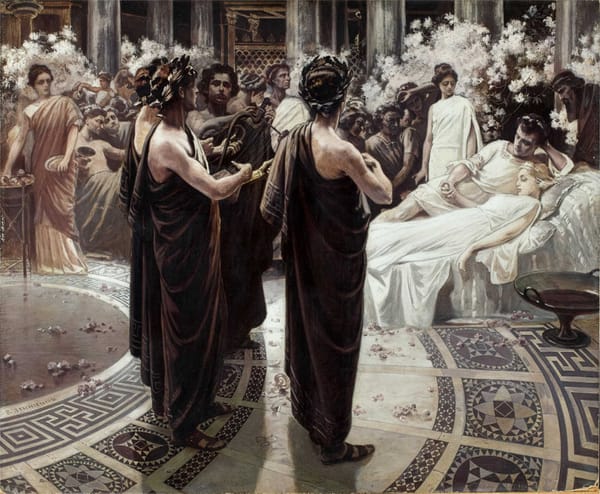

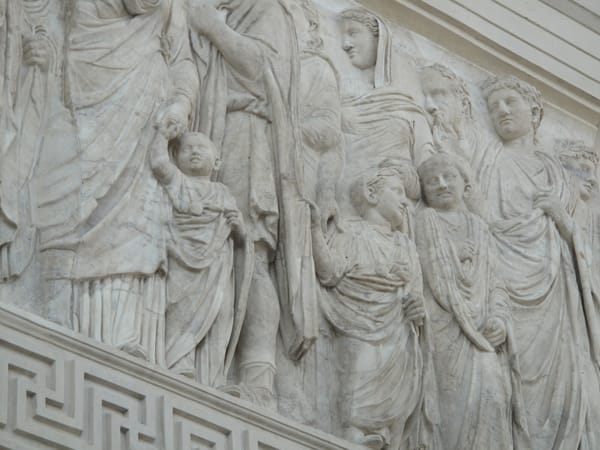
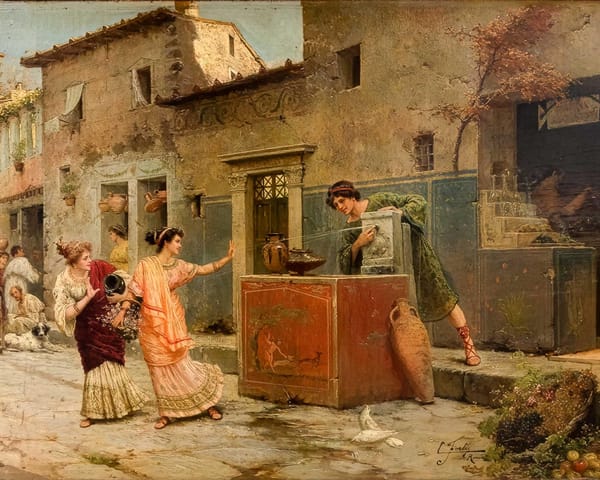
About the Roman Empire Times
See all the latest news for the Roman Empire, ancient Roman historical facts, anecdotes from Roman Times and stories from the Empire at romanempiretimes.com. Contact our newsroom to report an update or send your story, photos and videos. Follow RET on Google News, Flipboard and subscribe here to our daily email.
Follow the Roman Empire Times on social media: